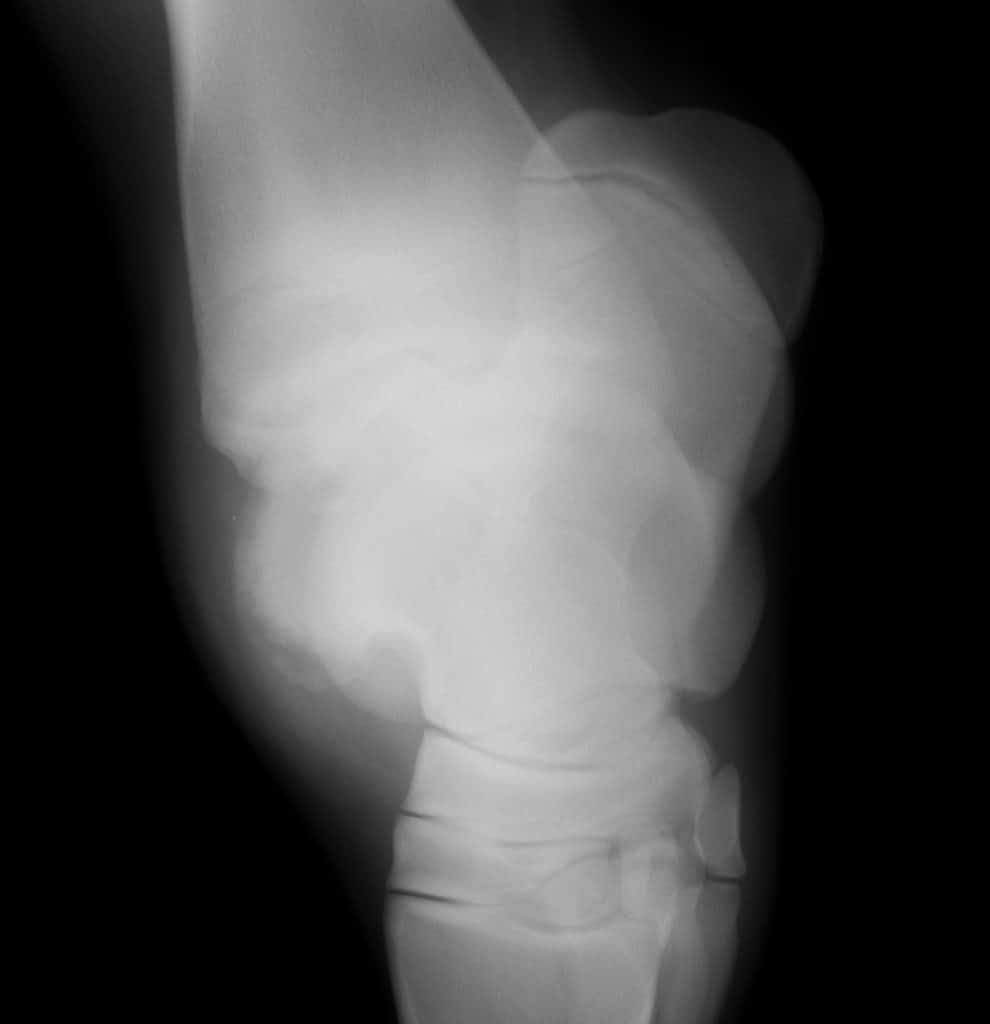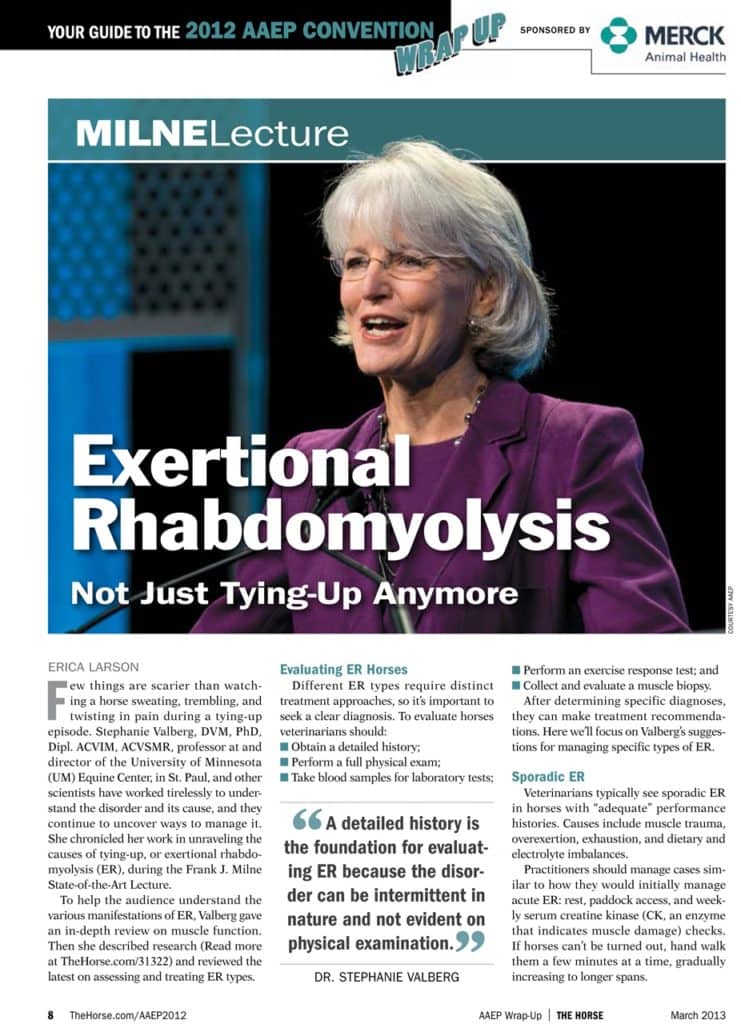
Management’s Impact on Osteochondral Lesion Development
Researchers are investigating how young horse management practices can impact osteochondral lesions.

Researchers are investigating how young horse management practices can impact osteochondral lesions.
Luitpold Animal Health issued an update June 27 on the drug’s current and future availability.

Osteochondrosis is the central topic of a special issue of the Veterinary Journal.

When administering equine joint injections, veterinarians must take steps to minimize the risk of infections.

How a horse is positioned while X rays are taken significantly affects joint balance, researchers say.

A supplement fed after osteochondral fragment removal could help reduce post-surgical joint inflammation.

Researchers evaluated a new method that could help vets monitor joint infections’ response to treatment.

Learn about the newest research and information about therapeutic joint injections for horses, including hyaluronan (HA), site prep, corticosteroids, infection, and more.

The University of Minnesota’s Dr. Stephanie Valberg discussed exertional rhabdomyolysis (formerly tying up) the 2012 Frank J. Milne State-of-the-Art lecture during the 2012 AAEP convention.

One veterinarian reviews different non-steroidal joint medications commonly used in equine joint therapy.

With appropriate care and use, vets can mitigate some risks associated with intra-articular corticosteroids.

Veterinarians must take several steps to minimize the horse’s chances of developing a joint infection.

Researchers found variations in degree of fetlock flexion, hoof slide in horses working on different surfaces.

Consider the following “wishes” equine experts made to help maximize your horses’ quality of life.

Among the recommendations was a prohibition on corticosteroids joint injections within seven days of a race.

A single impact injury did not cause generalized osteoarthritis in the fetlock during the study period.
Stay on top of the most recent Horse Health news with
"*" indicates required fields